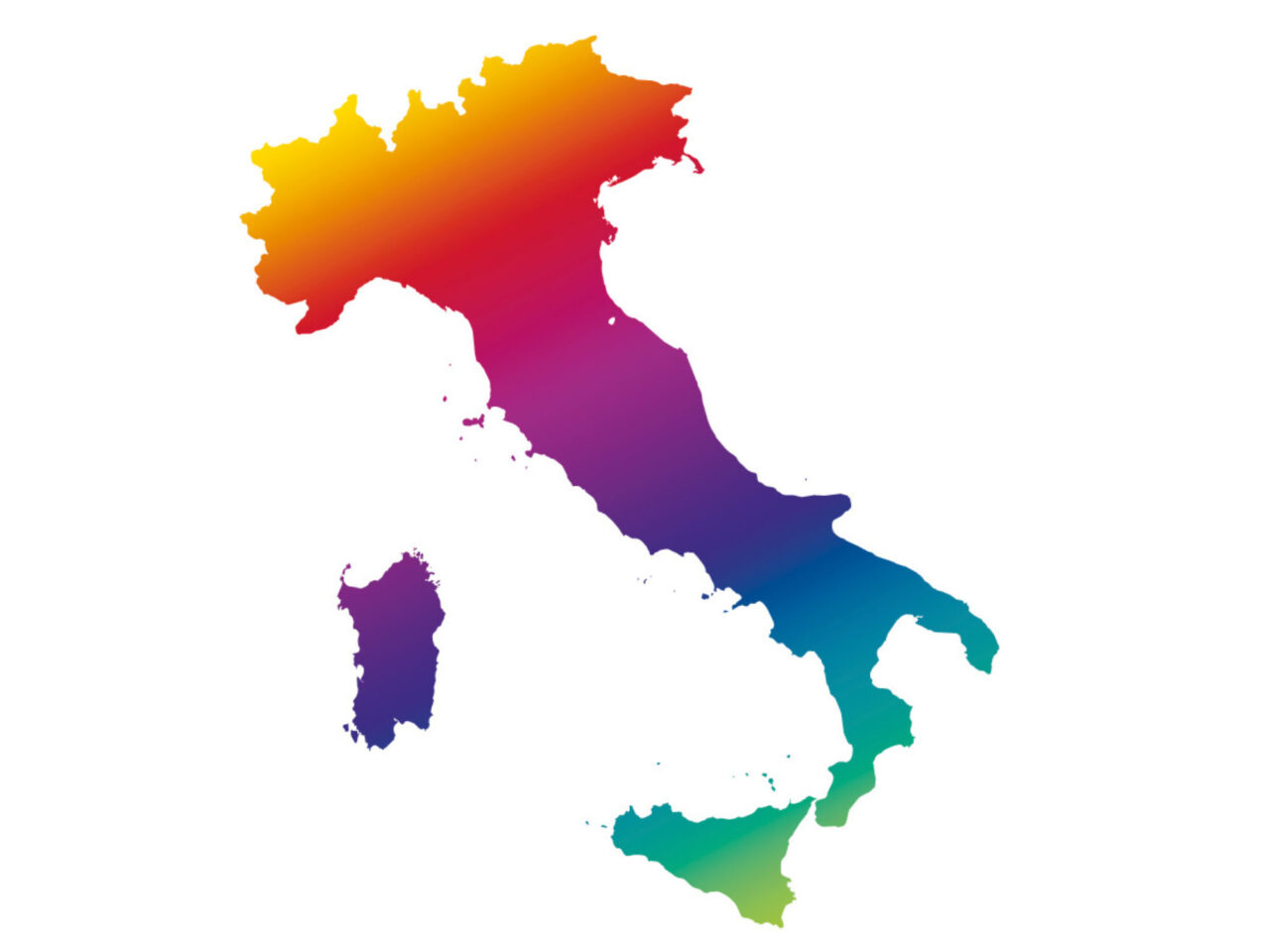In Italy we navigate faster, thanks to the ever-increasing diffusion of FTTH fiber, which has been growing steadily for years now. Since last summer there has also been a big leap forward for Ultra FTTH. While the copper-mixed fiber recedes, the FTTC, less performing, and the old ADSL, which however today remains a connection technology still very present in Italian homes. The survey conducted by SOStariffe.it and Segugio.it sheds light on the state of diffusion of the various fixed network connection technologies.
The optical fiber continues its advance in Italy: it is now increasingly easier to access a high-speed technology to connect from the fixed network.
Italians are opting more and more for the FTTH optical fiber and for Ultra FTTH (i.e. fiber with a maximum download speed of over 2.5 Gbps). At the same time, however, the use of mixed copper fiber, the least performing FTTC, is drastically reduced.
Even if a part of the population still remains “attached” to the old ADSL, also due to the unavailability of more recent and performing solutions. The last one Observatory SOStariffe.it and Segugio.it analyze the diffusion of fixed network connection technologies in Italy between 2021 and 2022, going to quantify the growth of optical fiber among Italian users. Here’s what has changed in one year.
In the last year, a big leap forward for FTTH fiber. In the last six months, however, Ultra FTTH has grown
At national level, the study, conducted on users who used the SOStariffe.it and Segugio.it comparators to activate a new offer, returns a picture in which FTTH fiber optics is moving further and further forward. Its diffusion, which has been growing steadily in recent years, underwent a sharp acceleration during 2022. If we compare the last quarter of 2021 and the same period of 2022, in fact, we see an increase from 21% to 38% of the totalan improvement of 17 points (also considering Ultra FTTH connections of at least 2.5 Gbps).
During these months, Ultra FTTH also recorded a significant step forward from 14 to 26%, with an improvement of 12 points. Since last summer, therefore in the last six months of 2022, Ultra FTTH has exploded, with an increase of 9 percentage points between the third and fourth quarters of the year which brought this technology up to 26% of the total. In the last six months of 2022, on the other hand, FTTH (from less than 2.5 Gbps) suffered a setback, dropping back by about three points, from 15% to 12%, signaling a continuous update of the networks of the fastest optical fiber.
Towards the abandonment of copper mixed fiber FTTC. The old ADSL is gradually disappearing
Italians discover the performance of the fastest optical fiber and tend to prefer it over mixed copper fiber. Until 2021, FTTC was the connection technology with a peak diffusion of 70% (with a small 73% in the third quarter of 2021). The growing diffusion of optical fiber is changing the balance of the market.
Indeed, since the end of 2021, the FTTC has started to falter, recording a reduction of about 14 points and reaching 57% of the total. As the FTTH progresses, the slower FTTC is retreating, as evident in the transition from Q3 to Q4 of 2022. In three months, the FTTC has lost 7 points (from 63% to 57%).
The dear old ADSL, on the other hand, is about to end up in the attic. It is an increasingly obsolete technology in terms of performance: if at the beginning of 2021 it had a diffusion of 11%, at the end of 2022 it fell below 5%. A figure that indicates his progressive abandonment. The survey reveals that broadband is now a choice for less than 5% of users who rely on comparison to find a new offer.
However, theADSLwhich for over a decade has been the most widely used technology, according to i Agcom data (Communications Observatory N4/2022) is still far from being completely set aside: to date it still covers over 23% of active connections in Italy. Even though the transition to high-speed technology is becoming easier and easier, fiber optic coverage still stands at just 16%.
Molise sails very fast, followed by Piedmont and Puglia. The regions where optical fiber is more widespread
The study then focuses on regional data. If we consider all fiber optic technologies, then FTTH and Ultra FTTHMolise leads the diffusion ranking, the only Italian region with a percentage higher than 50%, followed by Piedmont and Puglia (both 47%) based on the data collected from the survey. Valle d’Aosta, Basilicata and Calabria, on the other hand, are in the last places, with percentages of 8%, 23% and 25% respectively.
In these three regions mixed fiber FTTC resists and is still widespread. If we look in particular at Ultra FTTH instead, Lazio, Piedmont and Liguria are the regions in which this technology has made the most progress among users to date, guaranteeing the possibility of accessing the Internet at high speed. This technology is almost completely absent in Valle D’Aosta, Basilicata and Calabria.

Identify in a few simple steps the best offer for us
If you want to make a switch, for example from the old ADSL to fiber optics, before changing company you should always read the conditions of the offer carefully. An excellent aid to examine the rates on the market are the comparison tool of Internet promotions home of Segugio.it https://tariffe.segugio.it/
